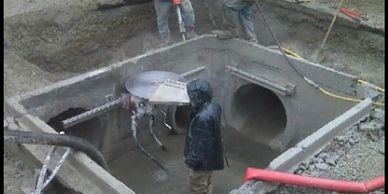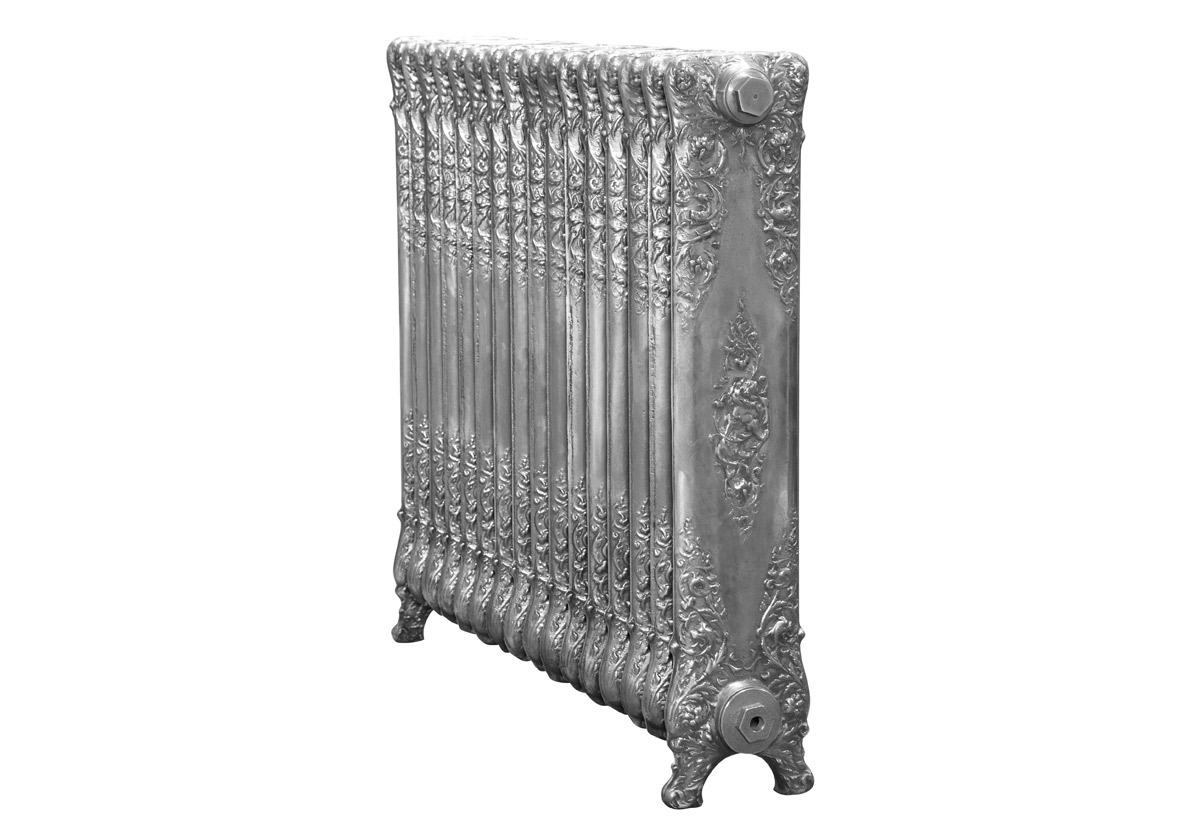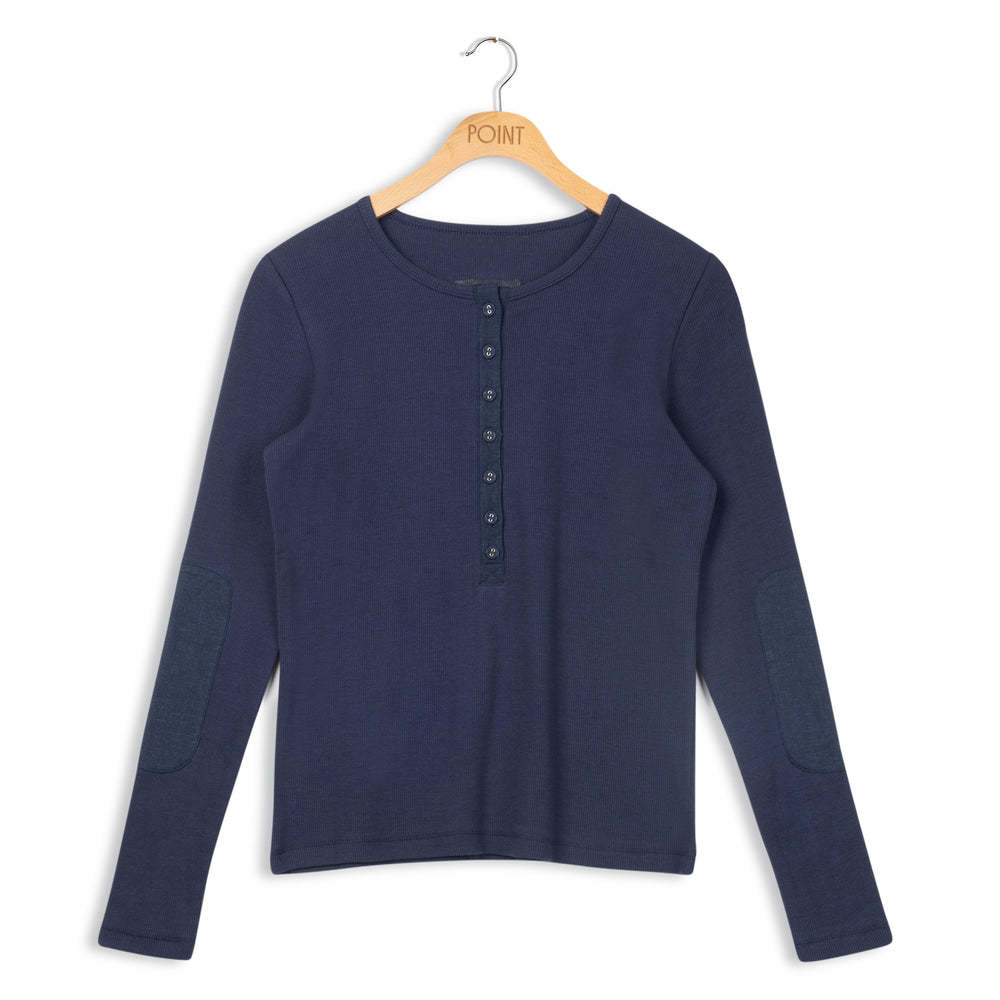Image source – google
Threaded arbors are incredibly versatile tools that can be used in a variety of DIY projects. From woodworking to metalworking, these arbors can help you complete your projects efficiently and effectively. In this comprehensive guide, we will explore everything you need to know about threaded arbors and how to unlock their full potential in your DIY endeavors.
The Basics of Threaded Arbors
Before we dive into how to use threaded arbors, let's first understand what they are and how they work. Threaded arbors are cylindrical metal shafts that have threads on one end. These threads allow you to attach various accessories such as grinding wheels, sanding discs, or polishing wheels to the arbor.
Types of Threaded Arbors
- Arbors with a straight shank: These arbors have a straight shaft with threads at one end. They are commonly used for attaching grinding wheels and other accessories that require a secure fit.
- Tapered arbors: These arbors have a tapered shaft that allows for a more secure and stable fit for accessories such as polishing wheels. The taper helps prevent the accessory from slipping or coming loose during use.
Thread Size and Compatibility
- It is essential to know the thread size of the arbor and the accessory you are using to ensure compatibility. Common thread sizes include 1/4", 3/8", and 1/2".
- Make sure to check the thread size of both the arbor and the accessory before attaching them to avoid damage or improper fitting.
How to Use Threaded Arbors
Now that you understand the basics of threaded arbors, let's explore how you can use them in your DIY projects.
Attaching Accessories
- Start by selecting the appropriate accessory for your project, such as a grinding wheel or sanding disc.
- Insert the threaded end of the arbor into the center hole of the accessory.
- Rotate the accessory clockwise onto the arbor until it is securely fastened.
Securing the Arbor
- Once the accessory is attached, make sure to secure the arbor in a drill chuck or other power tool securely.
- Ensure that the arbor is tightened properly to prevent it from coming loose during use.
Tips for Using Threaded Arbors
Here are some useful tips to help you make the most of threaded arbors in your DIY projects:
Use the Right Arbor for the Job
- Make sure to select the appropriate arbor size and type for the specific accessory and task you are working on.
- Using the wrong arbor can lead to improper fitting, damage to the accessory, or even accidents during use.
Maintain and Clean Arbors Regularly
- After each use, make sure to clean the arbor and accessories to remove any debris or buildup.
- Regular maintenance will help prolong the life of the arbors and ensure smooth operation in future projects.
Safety Precautions
When using threaded arbors in your DIY projects, it is essential to follow proper safety precautions to prevent accidents and injuries.
Wear Safety Gear
- Always wear safety goggles to protect your eyes from flying debris.
- Wear gloves to protect your hands from sharp edges or hot surfaces.
Secure Workpiece
- Make sure the workpiece is securely clamped or held in place to prevent it from moving during operation.
- Unstable workpieces can lead to accidents or improper cuts.
Turn off Power Tools When Changing Accessories
- Always turn off the power tool and wait for it to come to a complete stop before changing accessories.
- Attempting to change accessories while the tool is still running can result in accidents.
By following these safety precautions and tips, you can effectively use threaded arbors in your DIY projects while ensuring a safe working environment.
Conclusion
Threaded arbors are powerful tools that can help you take your DIY projects to the next level. By understanding the basics of threaded arbors, how to use them effectively, and following safety precautions, you can unlock their full potential in your projects. Whether you are a woodworking enthusiast or a metalworking hobbyist, threaded arbors are a valuable addition to your toolkit.







